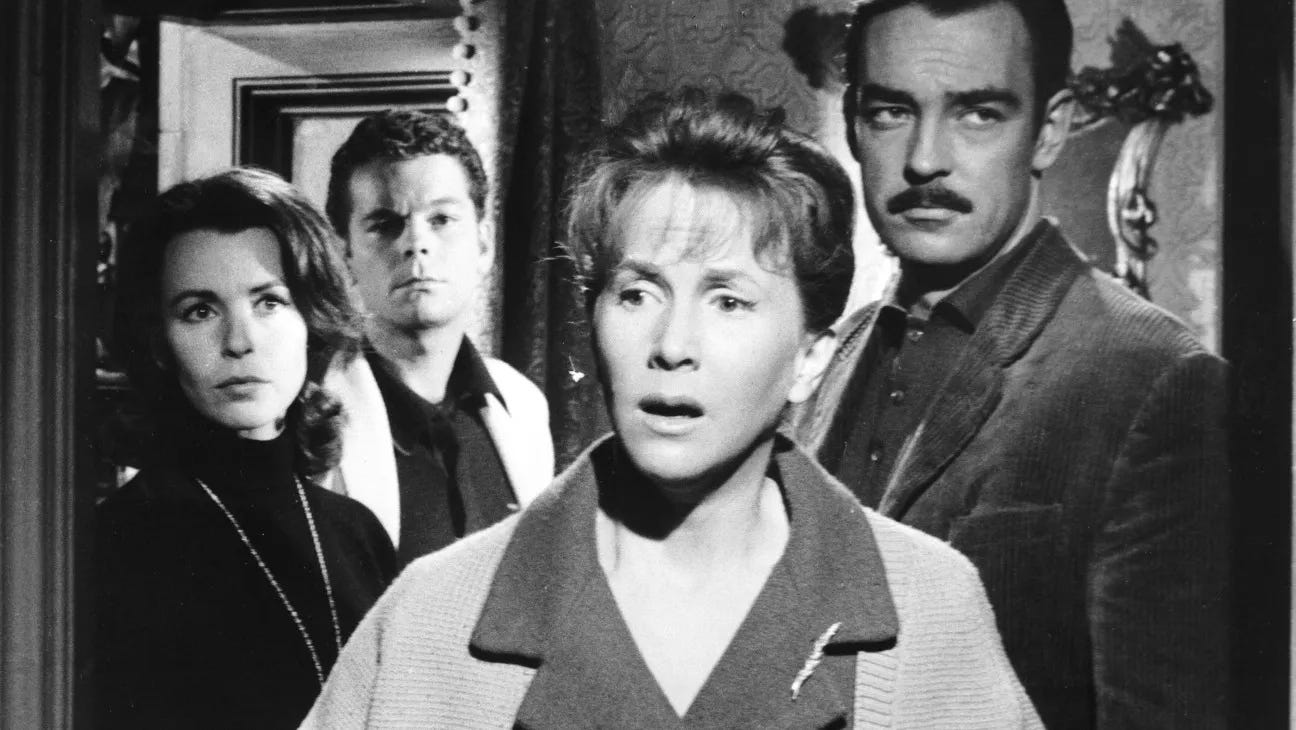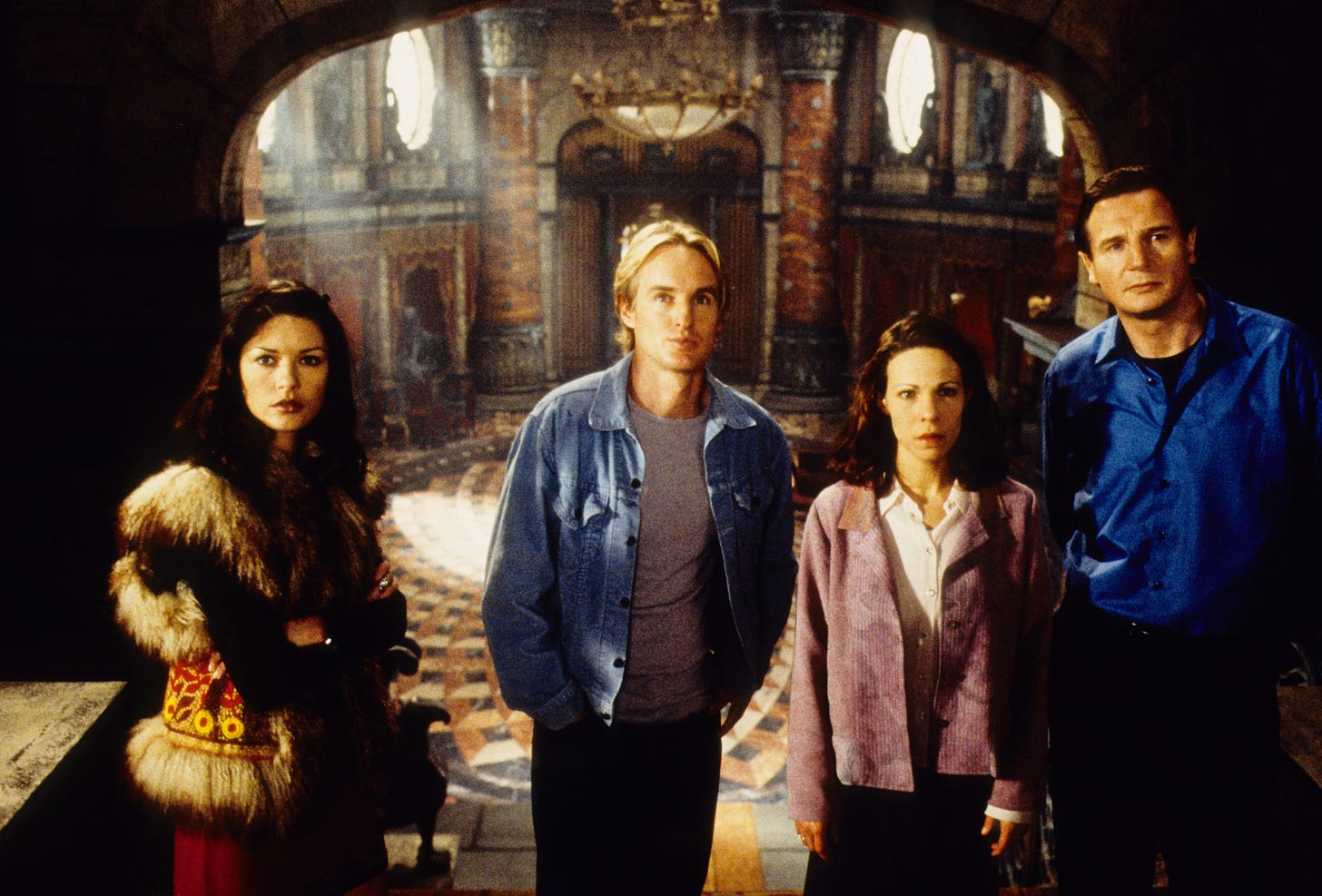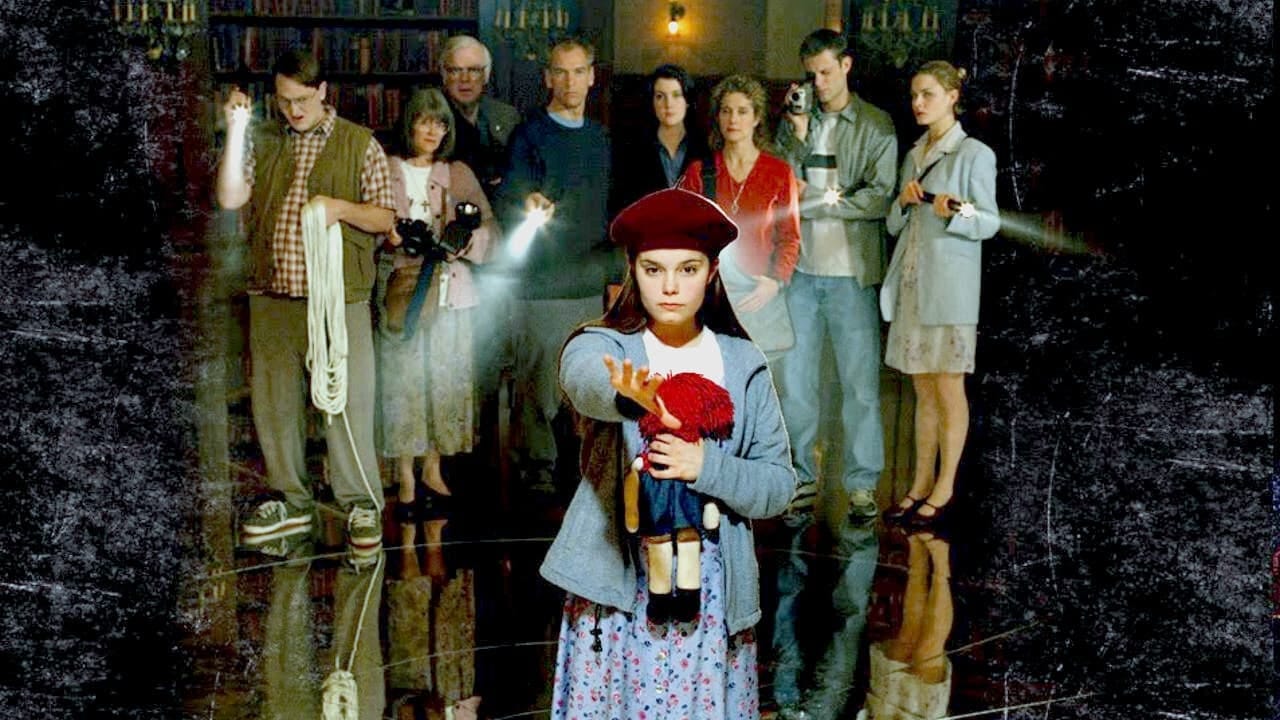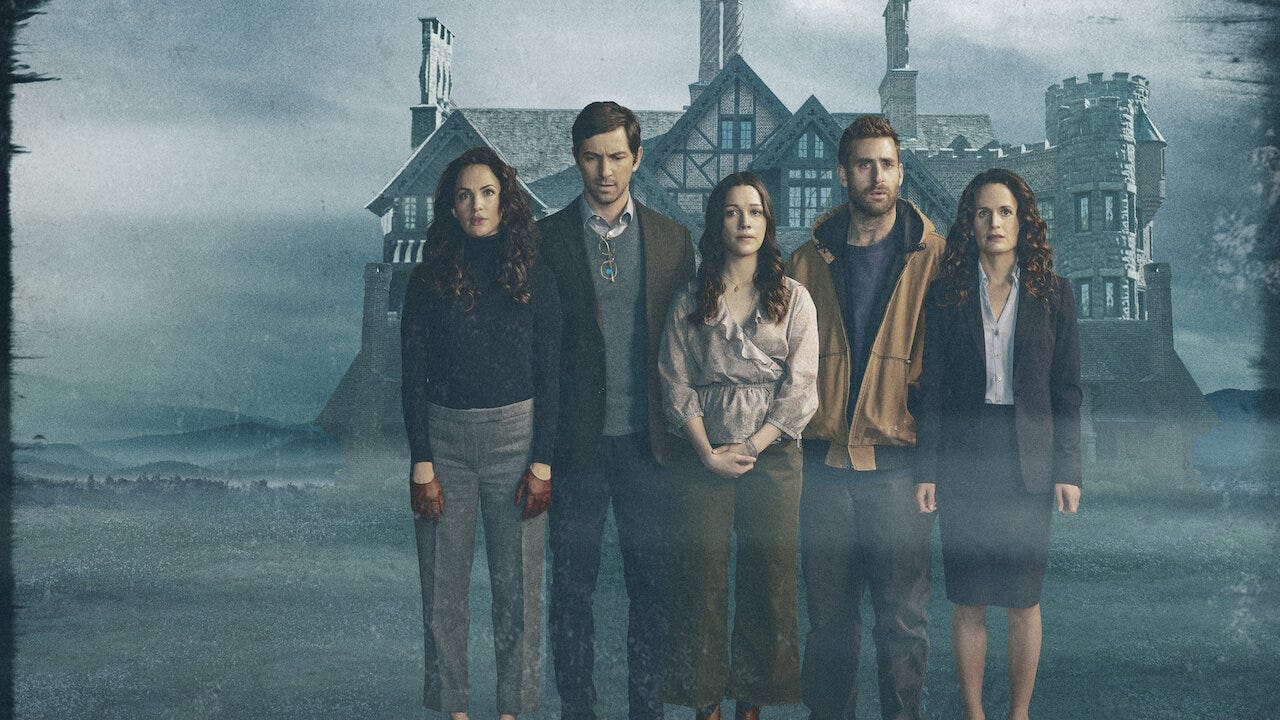Read-along – Hill House (3 of 3)
Chapters 6, 7, 8 & 9 – and The Haunting
“. . . and whatever walked there, walked alone.”
We’ve finished reading The Haunting of Hill House! What did you think? Please leave a comment below to tell me how you found it.
Here are my thoughts on the final section:
And if – like Eleanor – you aren’t quite ready to leave Hill House yet, you might like to explore one of its several screen adaptations . . .
The first was The Haunting (1963), directed by Robert Wise between West Side Story (1961) and The Sound of Music (1965). He was attracted to the novel because, as he put it, ‘Jackson writes along that very fine line . . . just on the edge of reality and unreality.’ The movie was filmed near Stratford-upon-Avon in the UK, at Ettington Park (now a luxury hotel) and features experimental low angles and anamorphic lens shots.
Martin Scorsese considers The Haunting one of the scariest films ever made. ‘When I saw it, I was terrified,’ said Jackson herself. ‘I couldn’t believe that I had written this.’ She almost didn’t make it to New York for the premiere, because she had been housebound in North Bennington for more than a year, suffering from a combination of agoraphobia and colitis. As she said, in a letter to a friend, ‘I have written myself into the house.’
A remake of The Haunting was released in 1999. It was directed by Jan de Bont, who was hot property after making Speed (1994) and Twister (1996). It starred Liam Neeson as Dr ‘Marrow’, Lili Taylor as Eleanor, Catherine Zeta-Jones as Theodora and Owen Wilson as Luke. The film was shot at Harlaxton Manor in Lincolnshire, UK, and is not generally considered to be an improvement on the original, although Roger Ebert did give it a tentatively positive review:
To my surprise, I find myself recommending The Haunting based on its locations, its sets, its art direction, its sound design, and the overall splendor of its visuals. The story is a mess, but for long periods that hardly matters. It’s beside the point, as we enter one of the most striking spaces I’ve ever seen in a film.
Then there’s Stephen King’s three-part miniseries, Rose Red (2002). This began life as a remake of The Haunting, scripted by King and to be directed by Steven Spielberg, but after their collaboration fell apart King repurposed and expanded his script and it became a story about a paranormal investigation of a Seattle mansion named Rose Red. It was shot at Thornewood Castle in Lakewood, Washington.
And finally, there is the ten-part Netflix series, The Haunting of Hill House (2018), which merges the back story and main story from Jackson’s novel and modernises both: in 1992, Hugh and Olivia Crain move into Hill House with their children, Steven, Shirley, Theodora, Luke and Eleanor, with disastrous consequences. Twenty-six years later another family tragedy brings them back together. This adaptation tells a very different story, while making numerous references to Jackson’s original. It was filmed at Bisham Manor in LaGrange, Georgia.
And one last thing — on Thursday 7 November I will be discussing The Haunting of Hill House in person at my monthly Classics Book Club at Hatchards bookshop in London. It would be lovely to see you there! The details are on the Hatchards events page.
I hope you enjoyed reading The Haunting of Hill House. If you would like to join our next read-along, we’re going to read Under the Volcano in real-time next Friday and Saturday.








I must say that this is not my go-to genre but I was pleasantly surprised by how much I enjoyed it. It does feel that Shirley Jackson has crafted a fantastic piece of literature - every character, including the house, all their thoughts and actions very deliberate and packaged so well together. It all seems heavy with meaning and connections which I loved unpicking. I have just listened to the related 'On the Road with Penguin Classics' podcast which was a fantastic accompaniment to the book. Oh -and I really wanted Mrs Montague to be haunted! Certainly a book I only read during the day - fantastically spooky.
Very much enjoyed re-reading this again, and so interesting to read other people's comments on it. I like Mrs Montague as a sort of a clumsy comic relief, not least because of her total failure at trying to impose some kind of order on events. In fact, the more she tries to bend the house and its inhabitants to her will, the more the house simply refuses and bends away. There's also so much to unpack in the triangular relationship between the Montagues and Arthur.
The other aspect I wanted to talk about is how much Eleanor moves away from the rest of the characters towards the end of the novel. She seems to develop into a relationship with the house, at the expense of her relationship with the others. At one point, I found myself questioning whether all the supernatural events depicted were entirely within Eleanor's mind, and that in fact we were reading an account of her descent into mental illness. This, I think, is mirrored in her descriptions of the house physically moving, often with her, to the extent that she feels unable to move herself, literally becoming part of the house. She describes herself as happy there - and does she at one point imagine it as home? By her own admission, she has nowhere else to go at the end of the novel, no home to go to. She does not want to leave, and I think there is a sense that she cannot but turn the wheel of the car at the end. It's not so much that the house will not let her leave, as that there is nothing either she or the house can do about it: it was fated from the very beginning. And perhaps this is the scariest aspect of all - that we are powerless in the face of our own destiny.